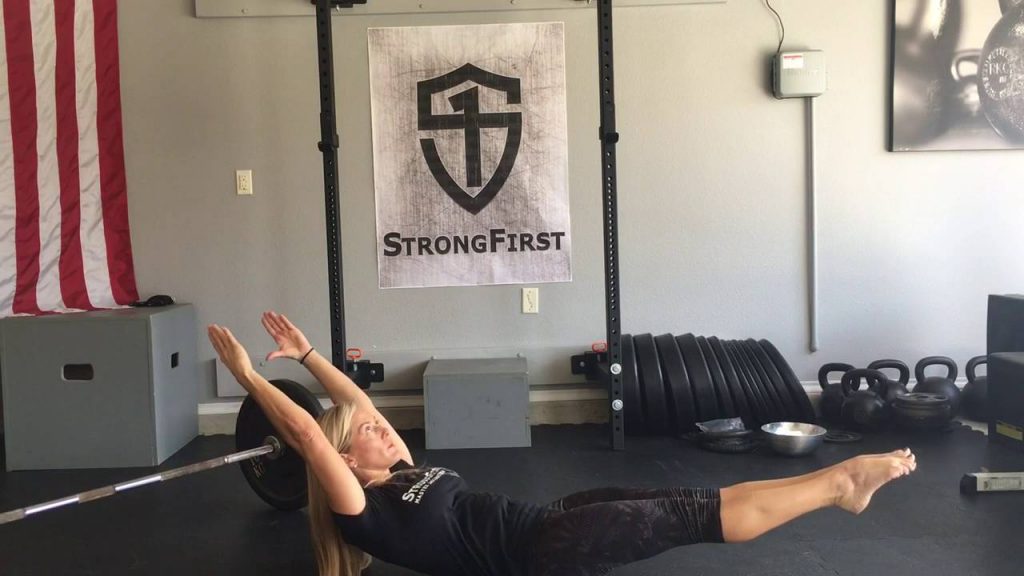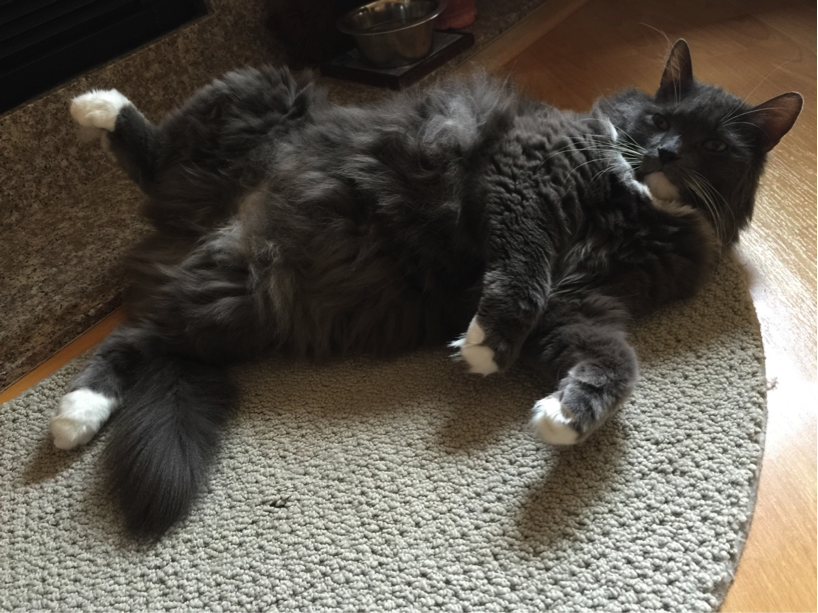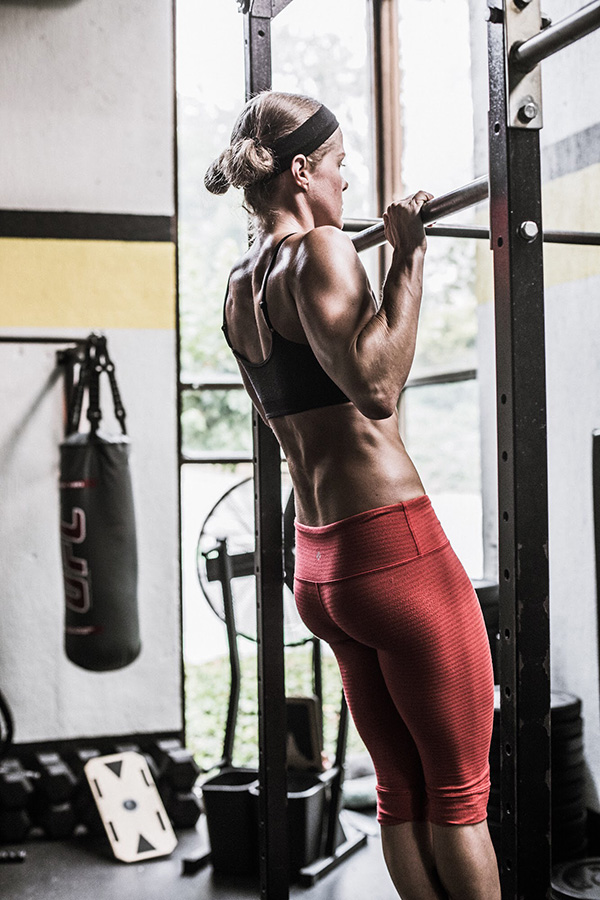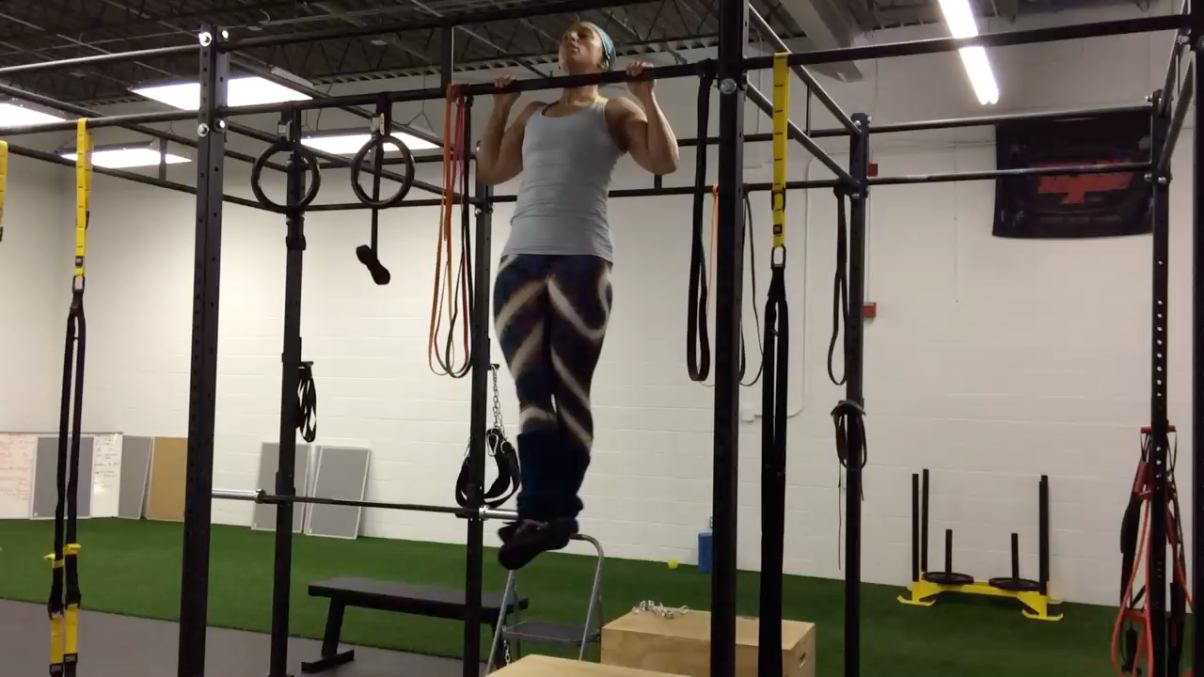Shots have been fired.
Shots have been fired.
Some people will read the title of this post and see what they want to see…
“…Tony G has lost his mind. He’s telling people that doing eccentric only pull-ups to help build their actual pull-up is wrong. He also hates kittens.”
Others will know better and actually continue reading.

The Missing Ingredient to Conquering Your First Pull-Up
I’d be remiss not to note that most competent programs designed to help people become pull-up badasses either emphasize or incorporate eccentric only variations.
Hell, one of the most baller programs out there (and one I reference often myself) – Meghan Callaway’s Ultimate Pull-Up Program (ahem, it’s its 3-year anniversary this week and it’s on sale for 50% OFF the regular price hint, hint, nudge, nudge) – incorporates a bevy of eccentric only pull-ups…
…among many, many other things.
I mean, it’s well established that the eccentric (or lowering) portion of any exercise is generally where a trainee is strongest, can handle the most load, and, potentially, leads to the most muscle growth.
All the above being the case, when it comes to BUILDING the pull-up, I still feel too many trainees (women AND men, mind you) miss the forest for the trees.
Despite it being an excellent choice, performing 5 to 10 lackluster eccentric only pull-ups week in and week out does not a pull-up make.
It’s akin to me posting a shirtless pic on my Match.com profile – and only a shirtless pic – and then underneath that pic typing…
…”come get it ladies.”
Sure, it may work in netting me a few dates.
But I doubt it.[footnote]It won’t[/footnote]
First of all: I’m a happily married man and don’t have a Match.com profile. It’s just a metaphor. But, coincidentally enough, I did meet my wife there…;o)
Second: I’d like to think my superior writing skills and uncanny wit was what won her over and led to us meeting for our first date four days after crossing paths digitally.
Third: In the age of Tinder, Bumble, and the litany of other dating apps at society’s disposal, do people even use Match.com anymore?
Where was I?
Right, what else to focus on other than eccentric only pull-ups.
Do More
I think one of the biggest mistakes I see most people make with their pull-up/chin-up programming is that they simply don’t train the pattern enough.
Most people will train their pull-up once, maybe twice per week.
This isn’t enough.
Pull-up badass, Artemis Scantalides, will often advocate a frequency of 4-5x per week.

However, this approach only works well for those who can already perform 3-5 pull-ups and are looking to level up that number.
If you can’t even perform one this would be a daunting prospect to say the least.
That said, I think staying cognizant of total VOLUME is an often overlooked component of pull-up progress.
As in: A metric fuck ton (which is just a tad below a metric boat load) of pulling volume is undoubtedly going to result in some cool things happening.
I like to incorporate the following (hybrid) vertical pulling progressions when working with an individual working toward their first pull-up
1️⃣ Suspension Trainer Vertical Row Thingamabobber – Level 1
Trainee is allowed to use his or her’s feet to help push off the floor and to assist as much as needed.
2️⃣ Suspension Trainer Vertical Row Thingamabobber – Level 2
Legs straight (less help)
3️⃣ Suspension Trainer Vertical Row Thingamabobber – Level 3
Feet Elevated – more ROM.
4️⃣ BONUS: Rack Pull-Up
This is hands down one of my favorite accessory “pull-up builder” exercises (and upper back exercises in general).
I LOVE the lat stretch in the bottom position.
If someone is looking to conquer their first pull-up I’d be more inclined to include one of these exercises as part of EVERY training session aiming for 2-4 sets of 5-15 repetitions
- The “easier” drills are assigned more sets and reps.
- The “harder” drills are assigned less sets and reps.
- Sick beats optional.
Ultimate Pull-Up Program & Ultimate Push-Up Program

All this week you can purchase Meghan Callaway’s Ultimate Pull-Up Program at 50% off the regular price. Meghan is one of the best coaches I know and this program is without hesitation THE “go-t0” program if you’re looking to take your pull-up game to the next level.
Moreover, you also have the option of purchasing both the Ultimate Pull-Up Program & the Ultimate Push-Up Program at a heavily discounted price.
You can check out that link HERE.
Nevertheless, given many people have lost access to their regular gyms due to COVID-19 and have been regulated to training mostly at home these two programs couldn’t come at a better time.
Act fast, the offer ends this week!














